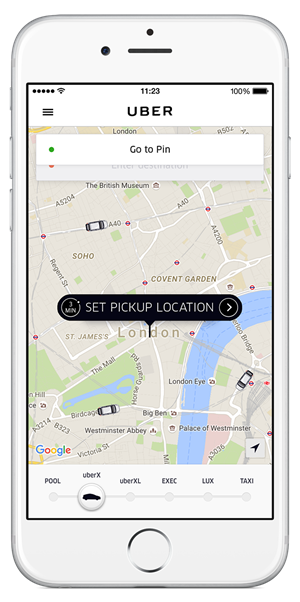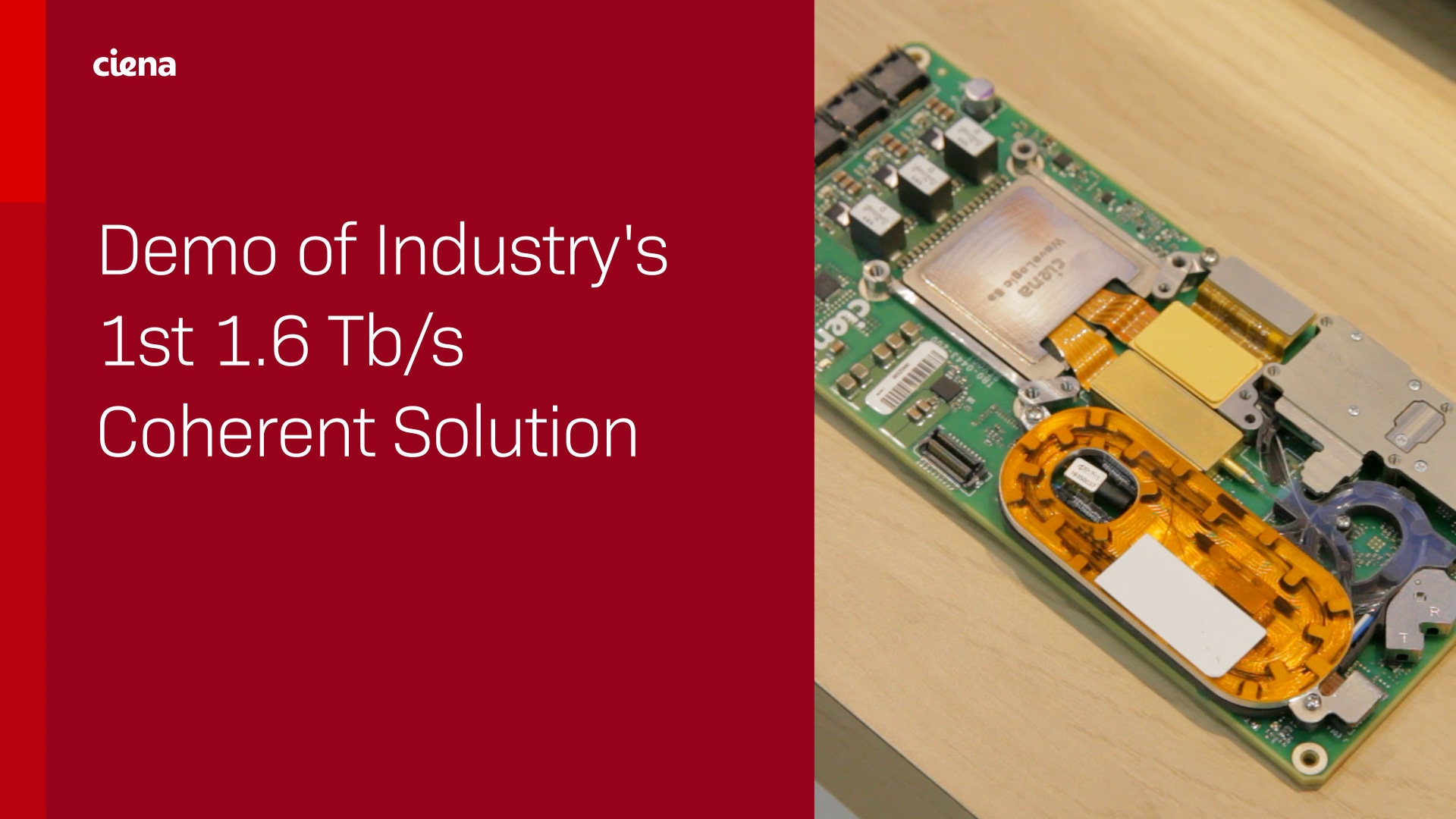Ciena CEO Gary Smith: Creating a Platform for Disruption
Most psychologists will tell you that the human race fundamentally does not like or embrace change. We are essentially creatures of habit and value consistency as well as known experiences and outcomes. We don’t like disruption, particularly if it displaces our skills and threatens our livelihood.
The great paradox, of course, is that we all have to deal with an increasing rate of change in all aspects of our lives, and particularly in our work lives. The reality of “adapt or die” is constantly front-and-center as waves of new technologies, business models and services impact our lives in ever greater dimensions.
In the corporate world, our perspectives on change are largely informed by whether our own business is being disrupted or if we are doing the disrupting. To be absolutely clear, no business – no matter how large or seemingly entrenched – is immune to disruption. This trend has bred a pervasive line of thinking: “If you don’t disrupt yourself, then someone else will do it for you!”
"To be absolutely clear, no business – no matter how large or seemingly entrenched – is immune to disruption."- Gary Smith, Ciena CEO
Adjacent Disruption
While awareness of this reality is increasing, and disruption is nowadays often associated with any innovation, very few companies ever truly disrupt themselves. And for the relative few that do, they normally do so in adjacent markets – not their own. Some recent high profile and emerging examples include Tesla with ambitions in energy storage; Netflix and original content production; Uber and food delivery; and, of course, Google expanding from a search engine to driverless cars. As significant as these efforts might be, you could perhaps classify them as lower-risk disruption, as they are not replacements to their core business. They are, in their simplest forms, product extensions built on the back of established credibility.
Leap Disruption
The above cases are recent examples, but disruption of course is hardly a new phenomenon. The origins of many fundamental changes in our world can be traced back to truly disruptive ‘leap’ inventions that here-to-date make the aforementioned ‘adjacents’ look relatively modest. These include, among others, the telegraph and telephone, antibiotics, the light bulb and electricity. These fundamental inventions created massive dislocations of existing approaches and industries and, in many cases, gave rise to completely new ones with entirely new business models.
Platform Disruption
Today, this pattern of a technology innovation disrupting an industry and then creating a new business model is clearly gathering momentum – to the point where we have created a name for it: Platform Disruption.
The confluence of the internet and mobile connectivity, together with the virtualization of compute and storage, plus open source software, is creating a “utility platform” that is capable of facilitating rapid disruption of a wide range of business models. The emerging terminology for this is ‘platform disruption’ and it is enabled by the hyper-connected, app-driven, data analytic, always-on world in which we operate. The underpinning of this platform is connectivity – essentially now the mobile Internet, which provides a close to zero marginal cost model, where a virtually unlimited amount of content can be delivered to mass users, without any real additional cost to the content originator.
"This powerful capability lends itself to a paradigm of rapid innovation and hybrid business models such as the sharing economy, social capital, collaborative consumption or perhaps in many cases more accurately 'pay to access', where the value chain is effectively collapsed to a thin layer of essentially matching sellers to buyers."- Gary Smith, Ciena CEO
This Platform Disruption considerably lowers barriers to entry and facilitates a software-driven, ultra-efficient supply and demand synchronization. Because of that, many of the recent business model disruptions we’ve seen have more often than not been accomplished on top of these platforms. This powerful capability lends itself to a paradigm of rapid innovation and hybrid business models such as the sharing economy, social capital, collaborative consumption or perhaps in many cases more accurately “pay to access,” where the value chain is effectively collapsed to a thin layer of essentially matching sellers to buyers.
 There are many recent examples of companies leveraging this platform approach to effect new business models. Uber, for instance, combined openly available GPS technologies with several open source software APIs from Google to develop a mobile app that changed the model for personal transport. Other examples of disruptors include Airbnb for lodging, Apple and Spotify in music, Amazon for books, E-Bay and Alibaba for retail, and LinkedIn for recruiting.
There are many recent examples of companies leveraging this platform approach to effect new business models. Uber, for instance, combined openly available GPS technologies with several open source software APIs from Google to develop a mobile app that changed the model for personal transport. Other examples of disruptors include Airbnb for lodging, Apple and Spotify in music, Amazon for books, E-Bay and Alibaba for retail, and LinkedIn for recruiting.
These businesses were born by harnessing the power of connectivity, open source software and the virtualization of computing. The point is that the combination of those things greatly increases the velocity of disruption through enabling attacks on markets that are non-linear and providing highly efficient access to communities of buyers and sellers.
I happen to know a bit about all of this. Ciena originally came to market by disrupting how fiber optic network circuits were provisioned, inventing technology that could deliver multiple virtual fibers down a single circuit. Since then, we have disrupted ourselves in how we deliver this capability as more of the value shifts from hardware to software to reduce costs faster than Moore’s law in computing. All of this has enabled the digital revolution, and put us in the next wave of evolution in the networking industry.
For those thinking about the next phase of the digital revolution, the concept of the platform is about to be even further accelerated and expanded. A mobile connected planet, the Internet of Sensors, cloud as a service, artificial intelligence, 3D printing, energy storage, NG Genomics, renewable energy, robotics, etc. These have the potential to enhance the platform capabilities exponentially and provide even more fundamentally impactful and dislocating business model opportunities within established industries.
So, embrace disruption. The velocity of change is about to go to hyper speed, and as a result the dynamic of winners and losers will be in constant flux…even the disrupters will be disrupted!
A version of this article was originally posted in Techonomy.






